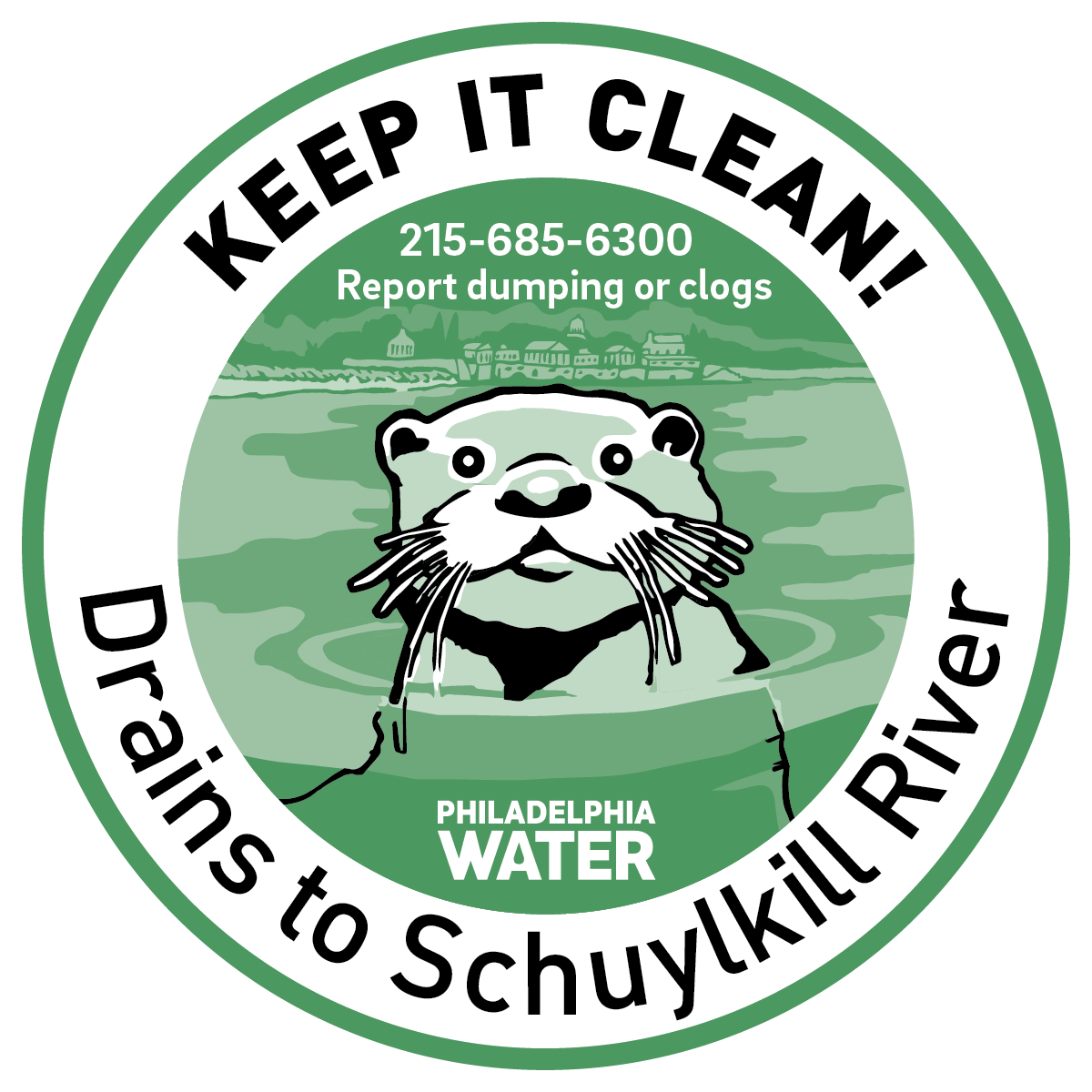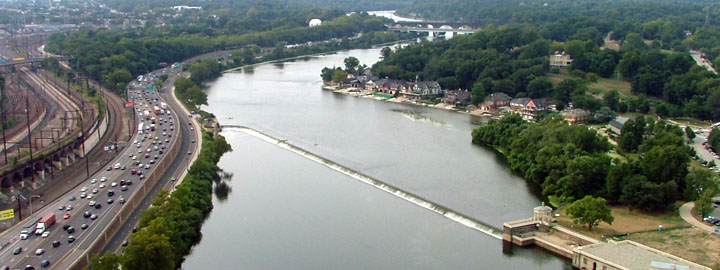The Schuylkill River was the first river in Pennsylvania designated “scenic” under the Pennsylvania Scenic Waters Act of 1982, and one-quarter of the watershed is categorized as having high-quality or exceptional waters. The river and its tributaries have long been recognized for the important roles they play as a fish habitat and source of drinking water.
Watershed Fast Facts
Area
Drains approximately 2,000 square miles
Stream Miles
Approximately 130 linear miles
Population
Approximately 1.5 million residents
Impervious Cover
Approximately 10% impervious
Counties/Municipalities
Encompasses areas of 11 counties, including Schuylkill, Berks, Montgomery, Chester, Philadelphia, Carbon, Lehigh, Lebanon, Lancaster, Bucks, and Delaware.

Help protect your watershed!
Aquatic wildlife markers are an easy way to remind your neighborhood to keep trash and chemicals out of drains.
